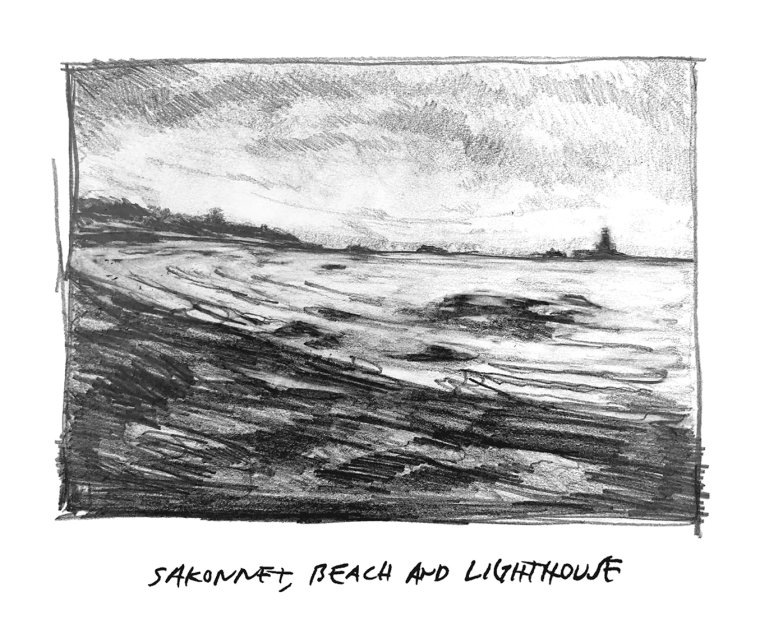When the visual artist and writer Ben Shattuck set out on the first journey in Six Walks: In the Footsteps of Henry David Thoreau (Tin House, April 2022), he did not have a book project in mind. Instead, he walked through Cape Cod’s outer beaches out of compulsion—to escape nightmares and the “constellation of grief” that shrouded him in his early thirties. Throughout all six of the excursions around the Northeast he recounts, each inspired by a walk Thoreau once made, Shattuck’s desires remain this humble and sincere. He recalls writing in his journal: “Would love to have the thoughts of the firs traded for my own.” He describes the “compact dramas” of people he encounters: On a walk to Sakonnet Point in Rhode Island, he overhears a boy decide to drop a rock on a crab; at Walden Pond he watches an older man wade into the water assisted by a walker. Bearing witness to these scenes and the landscape, he gleans new insight into masculinity, intimacy, climate change, and the politics of outdoor spaces but never strays too far from the immediacy of his surroundings. He also renders select scenes in graphite drawings, which are as poignant as the text: The markings are dark and assured, and errant smudges only lend a sense of intimacy.

Shattuck describes the state-of-mind of drawing as akin to walking, noting both can “empty the mind” in the most necessary sense, which is quite different from his experience of writing: “Writing still feels hard, no matter how much of it I do. There are moments of joy, but for the most part it’s difficult, defeating, and laborious. I drag my feet to the writing desk—but I run to the painting studio.” The drawings represent a unique period in Shattuck’s practice as an artist, since he lost a half inch of a finger from his dominant hand not long before the first walk and had to relearn to draw. “I used a lot more wrist and whole hand,” he says. “But in the end my drawings looked like my drawings of the past. It was an accidental experiment in what I’ve always suspected—that drawing isn’t about the hand, or some innate physical skill really at all, but something far more interior, something that happens between the eye and the mind, between observation and decision making.”
Image: Copyright © Ben Shattuck









